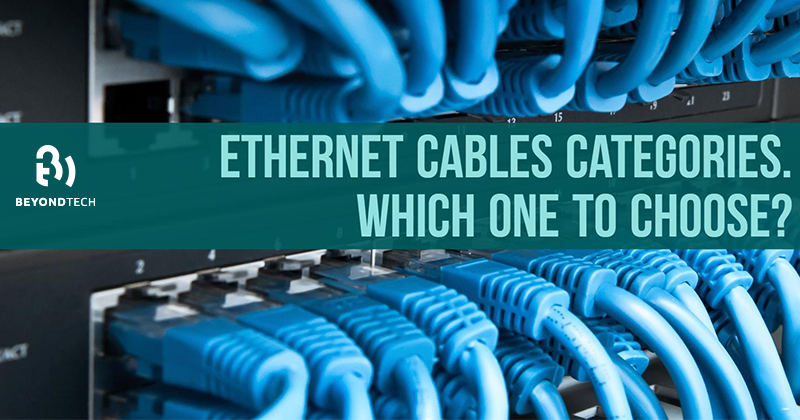The importance of the American Wire Gauge (AWG) for Ethernet patch cables

The American Wire Gauge (typically known as AWG) is an index that species the diameter, electrical resistance and measurement of electrical wires. Gauge helps users to know the current-carrying capacity of round, solid, nonferrous, electrically conducting wires by using the cross-sectional area of the wire as a defining aspect.


 In the market of technology are thousands of Ethernet cables available, some of the most popular are Cat5, Cat5e, Cat6 and Cat6a, now we are going to explain the differences between them.
In the market of technology are thousands of Ethernet cables available, some of the most popular are Cat5, Cat5e, Cat6 and Cat6a, now we are going to explain the differences between them.


 I
I







